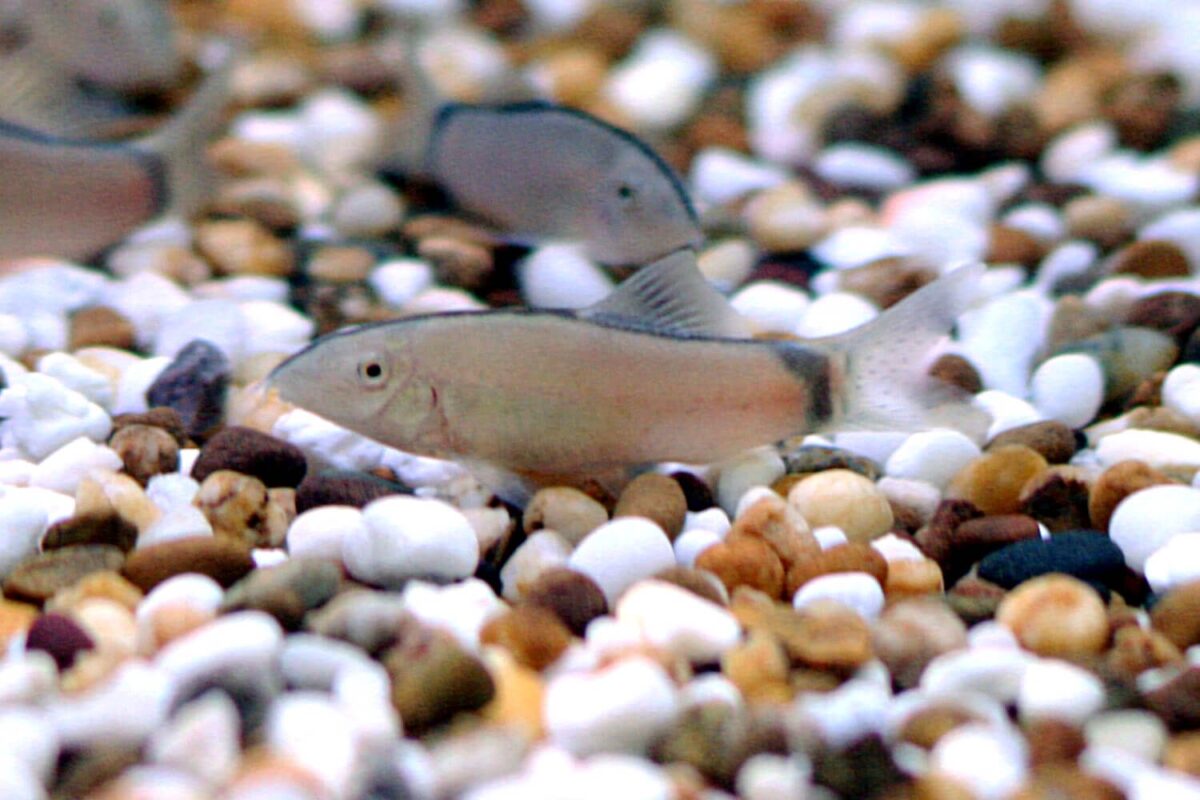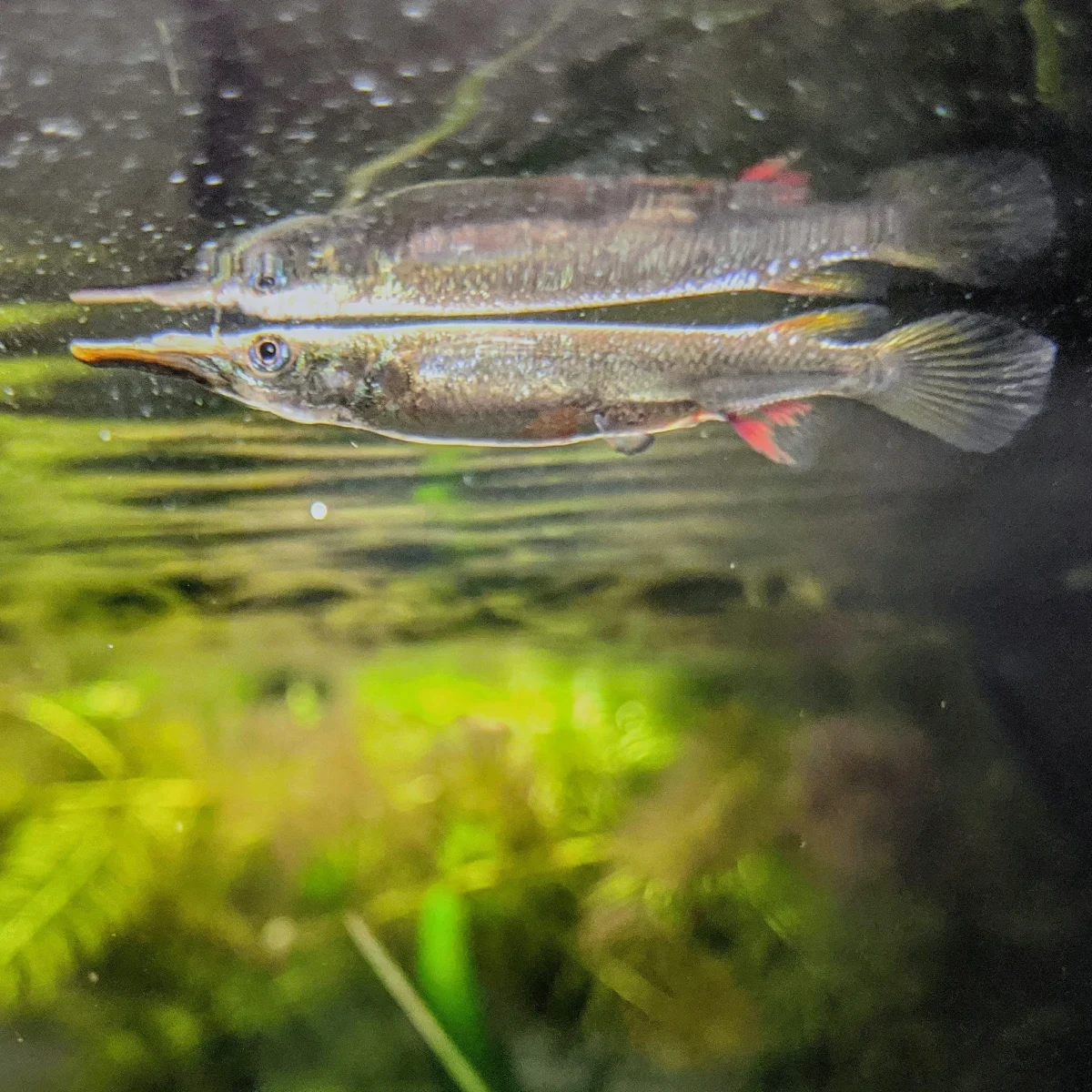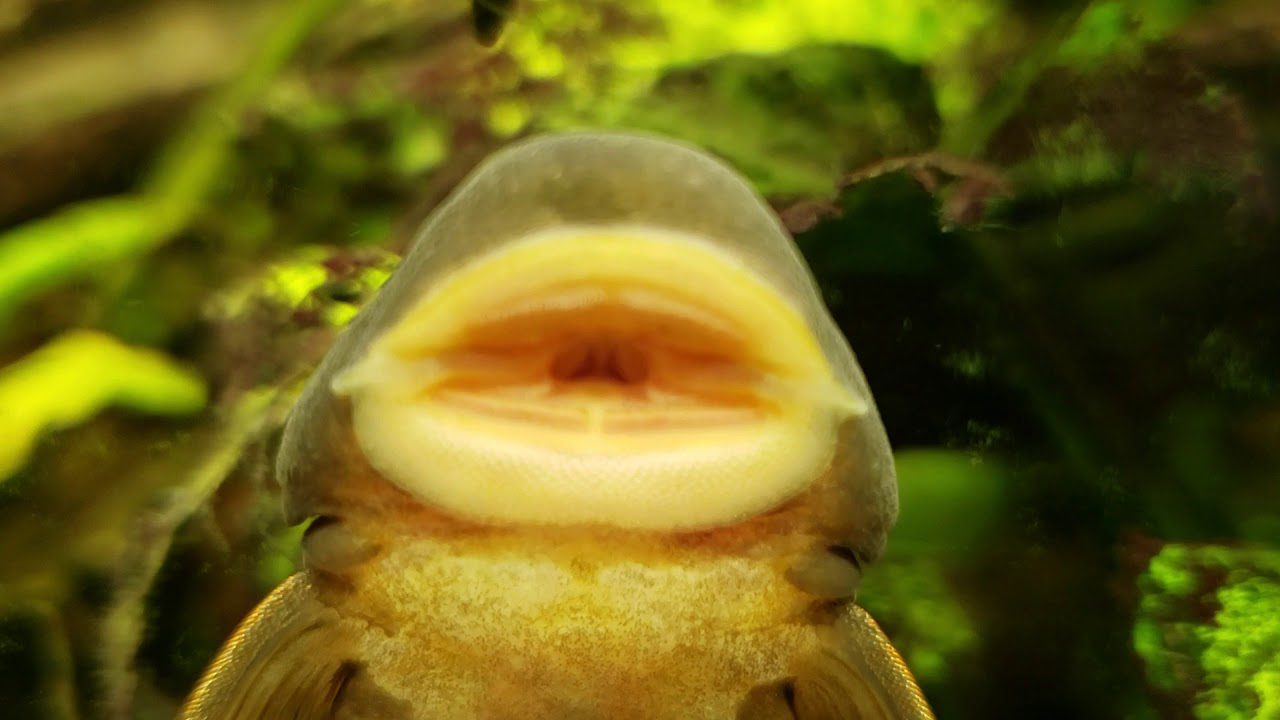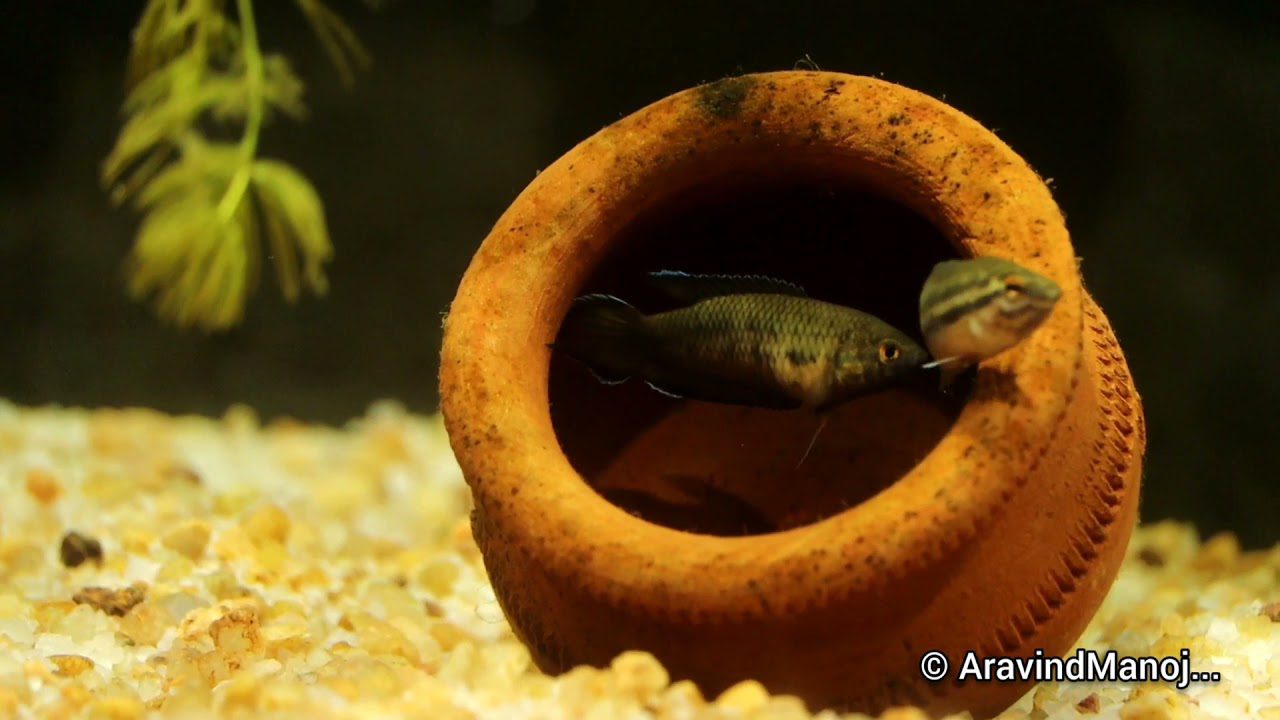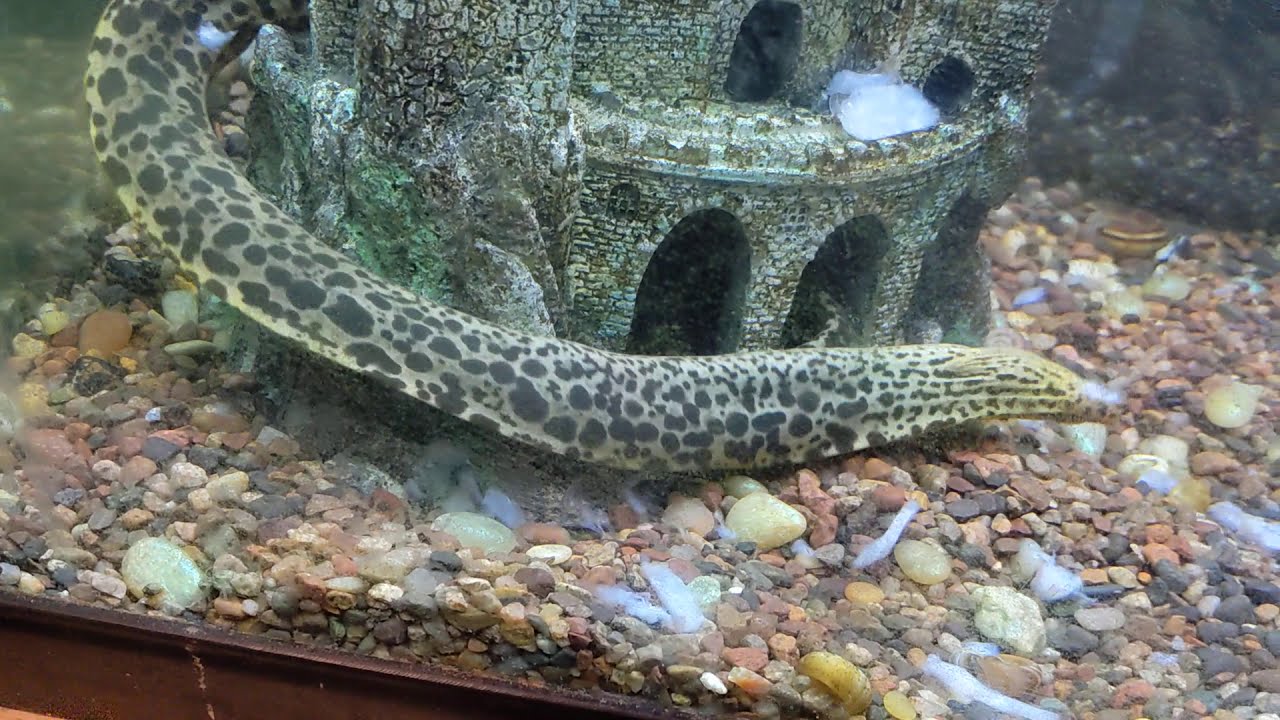The Skunk Loach (Yasuhikotakia morleti) is a fascinating species that captivates aquarists worldwide. It is a small member of the Botia family but is known for its stunning appearance and peaceful temperament. This hardy species has a long lifespan, making it a popular choice for aquarium enthusiasts. Skunk Loaches are mostly inactive during the day but become more active at dusk. They are best kept in groups and require ample space to establish territories.
Key Takeaways
- The Skunk Loach is a captivating species known for its stunning appearance and peaceful temperament.
- Skunk Loaches are hardy and have long lifespans, making them popular among aquarium enthusiasts.
- They are mostly inactive during the day and become more active at dusk.
- Skunk Loaches are best kept in groups and require ample space to establish territories.
- Their proper care includes considerations for tank mates, diet, breeding, size, behaviour, water parameters, and community tank compatibility.
Introduction
Welcome to the world of the Skunk Loach! This section will explore the taxonomy and classification of this fascinating species and its natural habitat and distribution.
Taxonomy and Classification
The Skunk, scientifically known as Yasuhikotakia morleti, belongs to the genus Yasuhikotakia. It is commonly called the Skunk, Hora’s, or Cream Loach. These common names highlight this remarkable fish’s unique characteristics and visual appeal.
Natural Habitat and Distribution
Skunk Loaches are native to Southeast Asia, specifically the Mekong River Basin in Cambodia, Laos, and Thailand. They inhabit still and fast-moving rivers, seeking refuge in cracks or holes under submerged objects or rocks. This adaptable species can thrive in various aquatic environments, provided it has suitable hiding spots and spaces to establish its territories.
Physical Description and Characteristics
Colours and Markings
The Skunk Loach exhibits a striking combination of colours and markings. It has a creamy-tan to light brown colouration, with a prominent dark stripe running across its back from the nose to the caudal fin. Additionally, it features a broad dark band surrounding the base of its tail. The caudal fin is forked and yellowish, adorned with brown dots. Juvenile Skunk Loaches may display dark vertical striping on their sides, gradually fading as they mature.
Gender Differences
Distinguishing between male and female Skunk Loaches can be challenging, as they exhibit minimal physical differences. However, mature females tend to have slightly larger body sizes and fuller body shapes than males. Observing their behaviour during breeding periods can also provide clues about their gender.
Varieties
Skunk Loaches are primarily identified as Yasuhikotakia morleti, but the species have no distinct varieties or subspecies. They exhibit consistent characteristics and physical features across their natural range.
Grades
Skunk Loaches are not graded in the traditional sense. However, individual specimens may differ slightly in colour intensity and pattern arrangement depending on their genetics and environmental factors.
Behaviour and Temperament
Skunk Loaches are known for their lively and spirited nature. They display a semi-aggressive temperament, particularly during feeding and territory establishment. However, in a well-maintained aquarium with adequate space and appropriate tank mates, their behaviour tends to be more peaceful. Therefore, it’s important to monitor their interactions to prevent any conflicts or stress in the tank.
Aquarium Requirements
It is crucial to consider skunk loaches’ specific aquarium requirements to provide a suitable environment.
Ideal Tank Size and Layout
Skunk Loaches require a spacious aquarium to accommodate their active nature. A tank with a minimum capacity of 30 gallons is recommended for a small group of Skunk Loaches. The tank should have a fine sand substrate, as this helps protect their delicate sensory barbels. Additionally, providing hiding spots with materials like bogwood, rocks, and slate will allow Skunk Loaches to establish territories and feel secure.
Water Parameters
Regarding water parameters, Skunk Loaches prefer clean and well-aerated water. The pH level should range between 6.0 and 8.0, while the temperature should be between 79°F and 86°F. Regular water quality monitoring is essential to ensure optimal conditions for their health and well-being.
Suitable Tank Mates and Potential Conflicts
When selecting tank mates for Skunk Loaches, it is crucial to consider their spirited nature. Sturdier species that can tolerate their activity and occasional aggression are ideal.
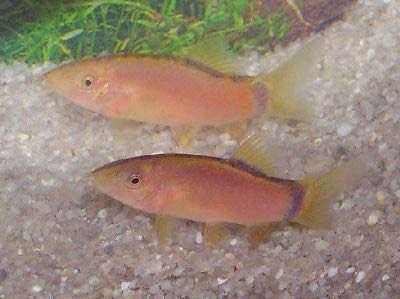
Small, slow-moving, or long-finned fish vulnerable to Skunk Loach behaviour should be avoided. Conduct thorough research on the compatibility of potential tank mates before introducing them to the aquarium.
Compatibility with Live Plants and Invertebrates
Skunk Loaches are generally compatible with live plants in the aquarium. However, it is essential to choose resilient plant species that can withstand their activity and potential nibbling. Additionally, floating plants can help diffuse lighting and provide additional cover. As for invertebrates, Skunk Loaches may occasionally prey on small shrimp or snails. Considering the size and behaviour of the invertebrates and the individual preferences of the Skunk Loaches is essential when introducing them to the same tank.
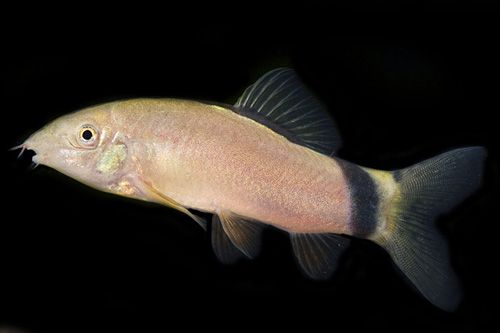
Skunk Loach – Care
Diseases
Skunk Loaches are relatively low-maintenance and hardy fish. They require regular water maintenance to ensure optimal health and a clean environment. Although generally resilient, they can be susceptible to common fish diseases like ich, bacterial infections, and parasites. Monitoring their behaviour and appearance regularly and promptly addressing any signs of illness is essential.
Diet and Feeding
Proper diet and feeding are crucial for maintaining the health and vitality of Skunk Loaches. These omnivorous fish readily accept a variety of food offerings.
Dietary Preferences
Skunk Loaches have diverse dietary preferences, allowing for a well-rounded diet. They consume high-quality dried products such as flakes and granules, providing essential nutrients for their well-being.
Recommended Foods and Feeding Schedule
In addition to dried products, Skunk Loaches benefit from live or frozen foods like bloodworm, tubifex, and artemia. These protein-rich offerings simulate their natural feeding behaviour and promote optimal growth.
Supplementing their diet with fresh vegetables and fruits is also beneficial. Cucumbers, courgettes, spinach, and melon provide vitamins and minerals necessary for their overall health.
Establishing a feeding schedule for Skunk Loaches is crucial to maintaining a balanced diet. Provide small, frequent meals throughout the day rather than one large feeding. This mimics their natural feeding habits and prevents overconsumption.
Tips on Ensuring a Balanced and Nutritious Diet
- Offer a variety of foods to provide a balanced diet that meets their nutritional needs.
- Monitor their feeding behaviour and adjust the quantity of food accordingly to prevent overfeeding and maintain water quality.
- Remove uneaten food after feeding to prevent water pollution and maintain a clean environment.
- Consider rotating their diet to keep them engaged and stimulated.
Aquarists can ensure that Skunk Loaches receive a balanced and nutritious diet by following these guidelines, promoting their overall health and well-being.
Breeding and Reproduction
Despite their popularity in aquariums, skunk loaches have not been successfully bred commercially. Their breeding habits are still not fully understood, making it challenging for aquarists to reproduce them in captivity. However, if you are interested in breeding Skunk Loaches, there are some key considerations to remember.
Sexing
Sexing Skunk Loaches can be challenging but not impossible. Mature females tend to have a slightly rounder abdomen than males. However, it is important to note that the visual differences between the sexes may not be very apparent, and other techniques, like venting, may be necessary for accurate sex identification.
Breeding Behavior and Conditions
The breeding behaviour of Skunk Loaches in captivity is still largely unknown. They are believed to exhibit unique spawning patterns and may require specific environmental cues to trigger breeding activity. To increase the chances of successful breeding, a well-maintained, species-appropriate environment with optimal water conditions and suitable hiding spots is recommended. Maintaining a stable water temperature within their preferred range and providing low-light conditions in the breeding tank may also be beneficial.
Care of Eggs and Fry
If breeding is successful, it is crucial to provide dedicated care to the eggs and fry, as they are particularly delicate. Skunk Loach eggs are adhesive and tend to attach to various surfaces. It is advisable to provide a separate breeding tank with an appropriate substrate or breeding media to which the eggs can connect.
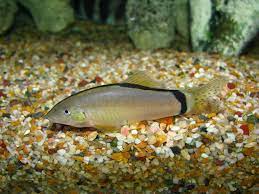
Maintaining pristine water quality and ensuring stable water parameters throughout incubation is vital for the eggs’ development. Once the fry hatch, they should be fed small, protein-rich foods such as infusoria or freshly hatched brine shrimp.
Challenges in Breeding in Captivity
Breeding Skunk Loaches can present several challenges due to the limited knowledge about their reproductive behaviours and requirements. Their migratory nature and unique spawning patterns make replicating their natural breeding conditions in a captive environment challenging. Additionally, the delicate nature of the eggs and fry requires meticulous care and attention to ensure survival. Patience, perseverance, and a thorough understanding of the species are essential for those interested in breeding Skunk Loaches successfully.
Offering a captivating challenge to experienced aquarists, breeding Skunk Loaches requires a comprehensive understanding of their behaviour, precise environmental conditions, and diligent care for the eggs and fry. Although successful breeding remains elusive, the journey itself offers invaluable insights into the fascinating world of Skunk Loaches.
Summary
The Skunk Loach is a captivating fish species known for its stunning appearance, spirited behaviour, and peaceful temperament. With proper care, a suitable aquarium setup, and a balanced diet, Skunk Loaches can thrive in a home aquarium. They require a spacious tank, suitable tank mates, and clean water parameters.
Skunk Loaches are best kept in groups, and it is recommended to have a minimum of five in a tank to establish a natural hierarchy and reduce aggression. The tank should provide hiding spots created with materials like bogwood, rocks, slate, and resilient plant species. Clean, well-aerated water with a pH range of 6.0-8.0 and a temperature range of 79-86°F is ideal for their well-being.
While breeding Skunk Loaches can present challenges due to their migratory nature and unique spawning patterns, their distinctive characteristics make them a sought-after choice for experienced aquarium enthusiasts. Aquarists can enjoy the beauty and intrigue of Skunk Loaches in their aquatic habitats by providing optimal care and attention.

